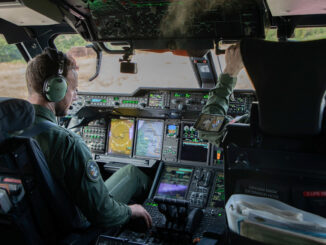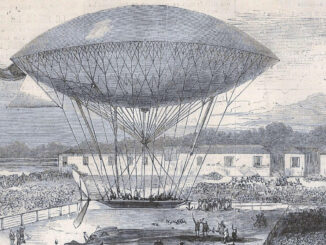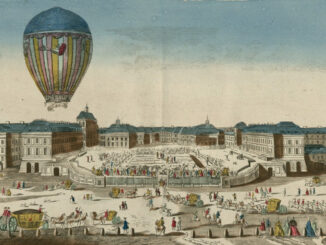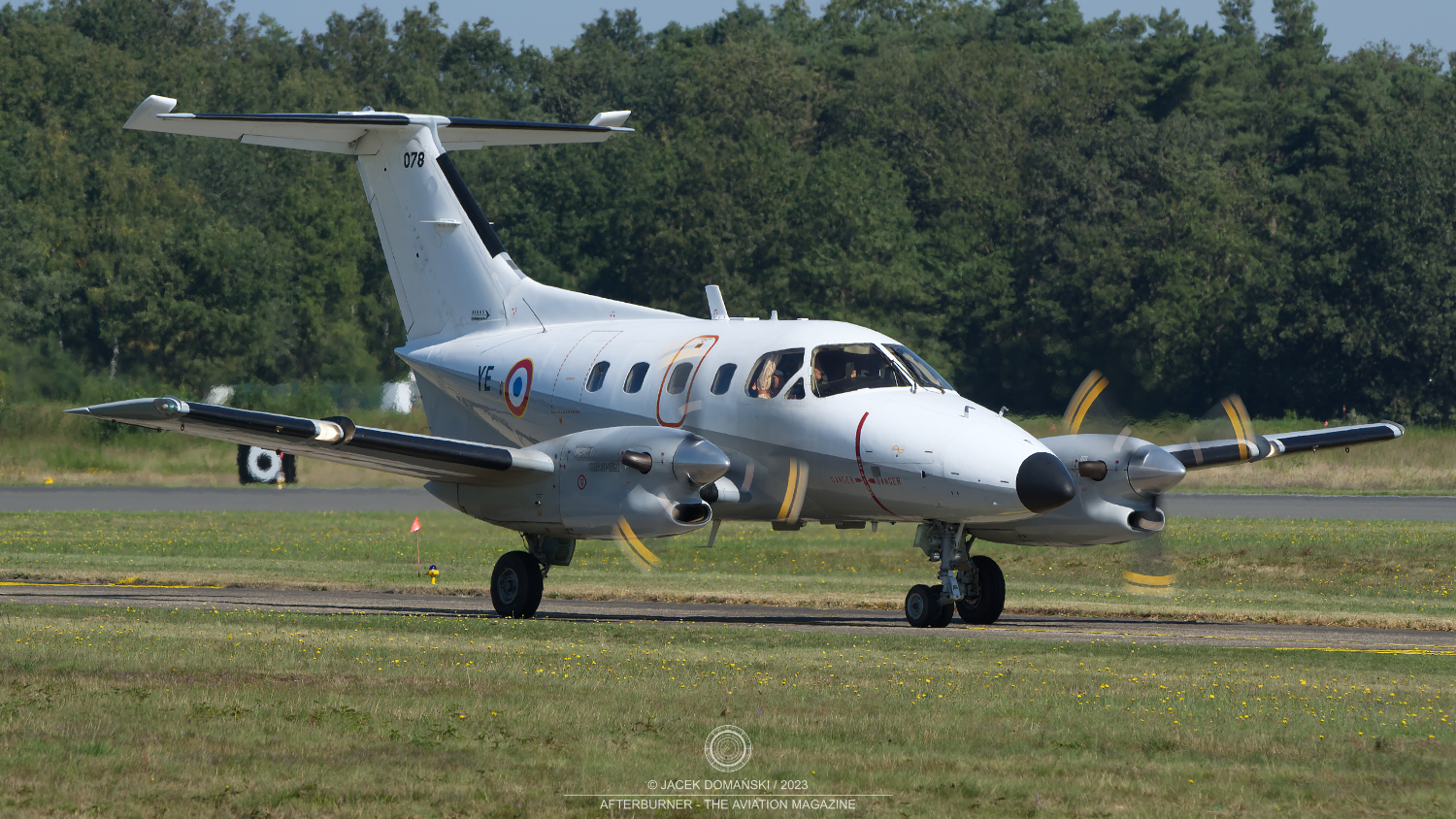 On 10th October 1976, the prototype of a small utility aircraft, the Embraer EMB 121 Xingu, performed its first flight.
On 10th October 1976, the prototype of a small utility aircraft, the Embraer EMB 121 Xingu, performed its first flight.
The EMB 121 was one of the aircraft belonging to the Family 12X, a series of small cargo and passenger aeroplanes developed from the Embraer EMB 110 Bandeirante (Pioneer), manufactured by the newly established, state-owned Brazilian aviation company Empresa Brasileira de Aeronáutica (Brazilian Aeronautics Corporation), commonly abbreviated as Embraer.
The EMB 110 was designed by Max Holste, a French aviation engineer known for designing the MH.1521 Broussard, considered to be his most successful aircraft. When his aviation company nearly went bankrupt in 1960, Holste sold his assets and moved to Brazil.
Holste’s first development for Embraer was known under its military designation YC-95 and made its maiden flight in October 1968. The YC-95 was followed by the civilian variant, designated EMB 100, and finally by the EMB 110, which was a larger, modernised version of the aircraft, equipped with more powerful engines.
Building on the commercial success of the EMB 110, Embraer began developing a range of small utility aircraft, including the EMB 120 Araguaia, the EMB 123 Tapajós and the aforementioned EMB 121 Xingu. All the aircraft, named after the three major Brazilian rivers, were designed using a modular concept and shared many structural elements and components.
The EMB 121A was a small, low-wing utility aircraft capable of carrying up to nine passengers and powered by two Pratt & Whitney Canada PT6A turboprop engines. Its wings and engine nacelles were based on the EMB 110 design, although with a reduced wingspan.
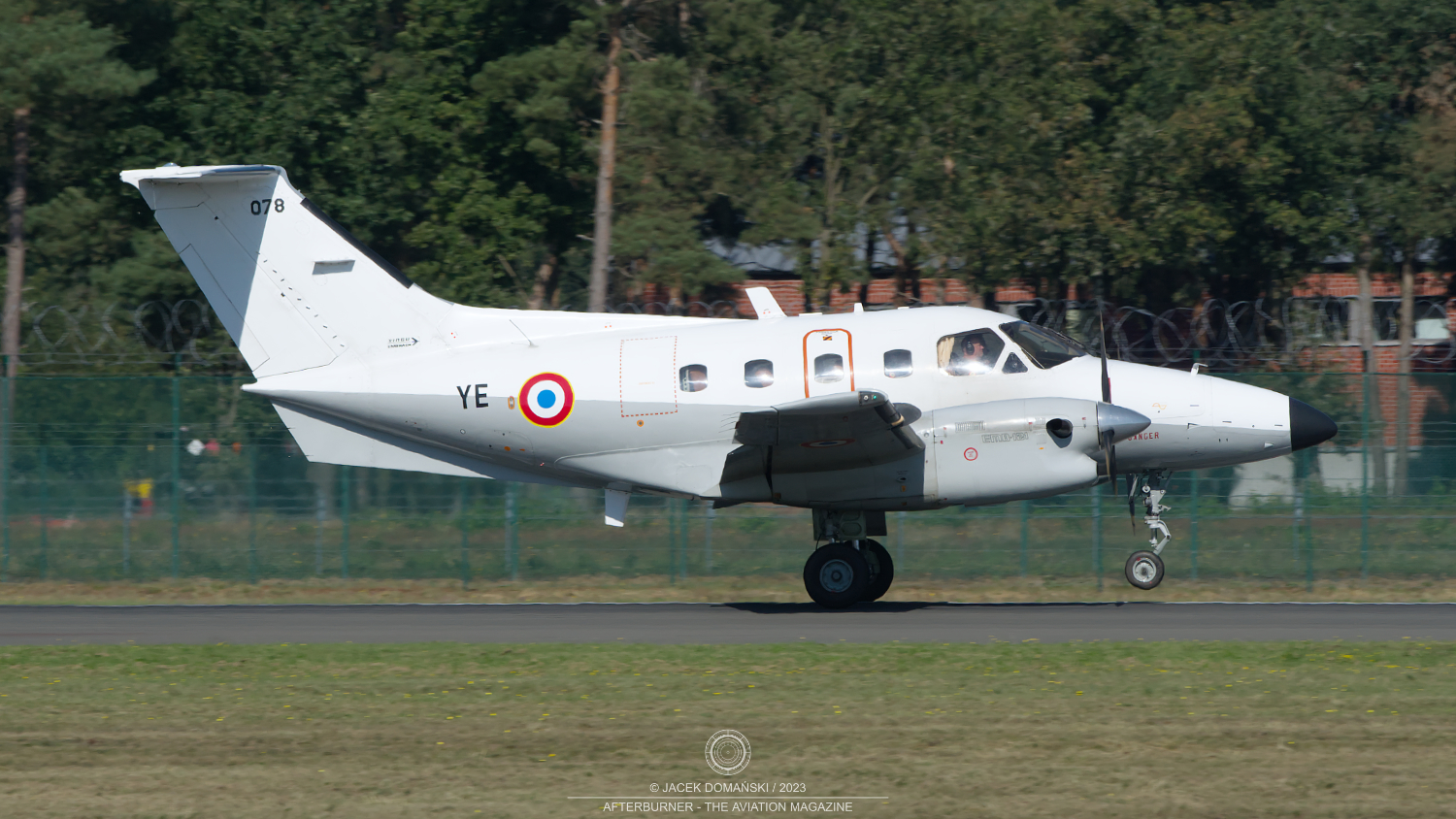
The first serially produced Xingu was completed in May 1977. Later that year, the EMB 121 was exhibited at the Paris Air Show but failed to attract significant interest. The same applied to its subsequent development variants – the 121A1 Xingu II, fitted with more powerful engines, and the 121B Xingu III, a stretched version of the aircraft.
Ultimately, only about a hundred examples of the EMB 121 were built, before production of the aeroplane was ceased in 1987. The majority of the aircraft were purchased by just two customers – the Brazilian and French ministries of defence.
In 1980, the French Ministry of Defence selected Xingu as the new training aircraft for both the French Air Force and the French Naval Aviation. The delivery contract covered forty-one examples of the EMB 121 – twenty-five for the Air Force and sixteen for the Navy. Many of these aircraft remain in French service to this day and, in addition to their initial training role, they are currently used as liaison aeroplanes.
The development of the EMB 123 Tapajós airliner, designed to carry up to ten passengers, was quickly abandoned and replaced by the Xingu III project, which was also unsuccessful. Initially planned as a 24-seat aircraft within the Family 12X, the EMB 120 Araguaia eventually evolved into the larger EMB 120 Brasília airliner, offering capacity for up to thirty passengers. Although that aircraft ultimately achieved commercial success, the new EMB 120 design lost most of its commonality with the EMB 110 and the Family 12X.
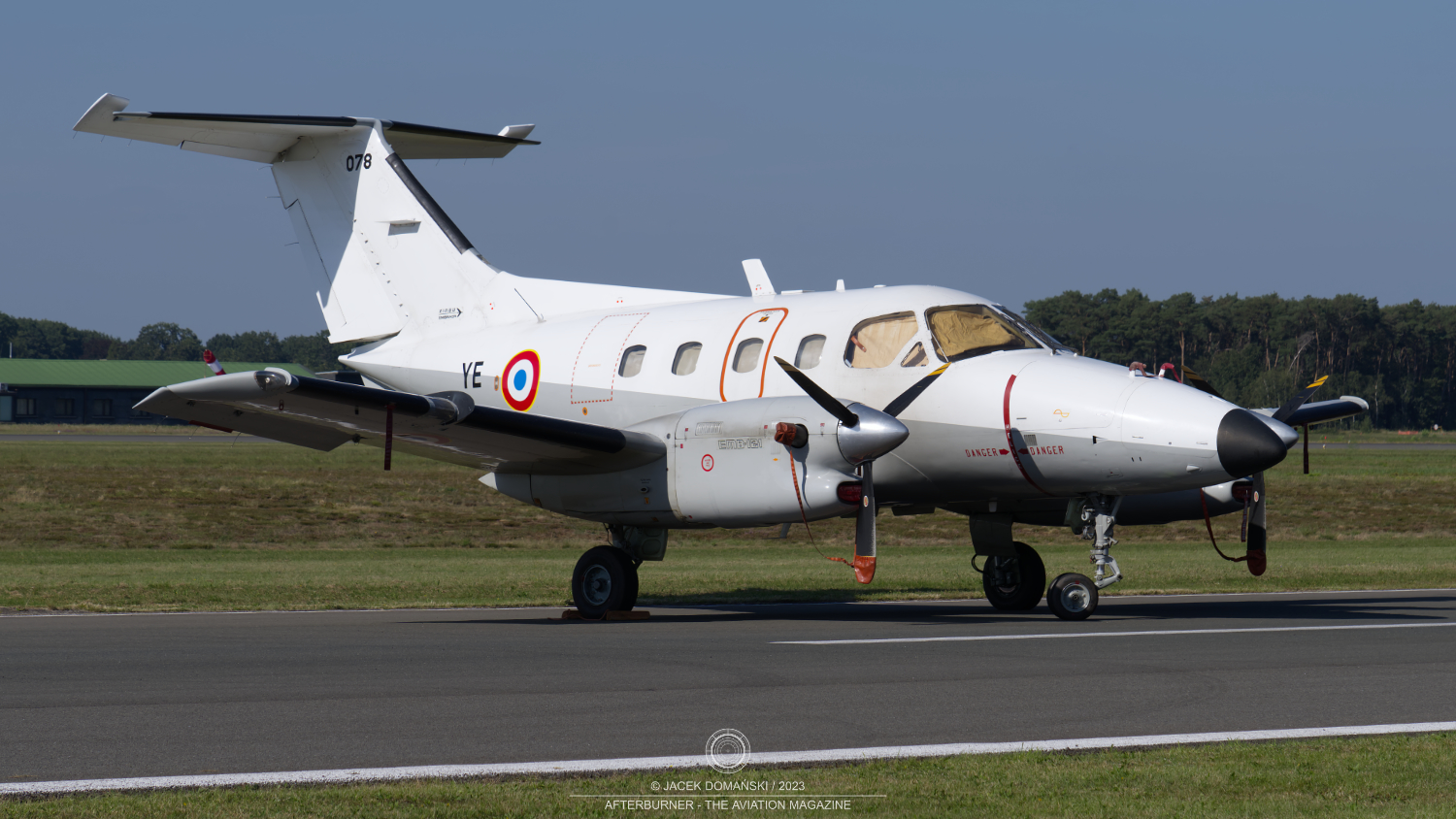
Pictured above is the Embraer EMB-121AA Xingu, c/n 121078, operated by the French Air and Space Force

